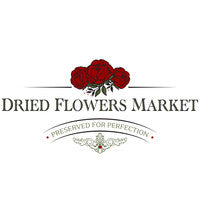Description
Elder flowers, also called European elder, have a long history of use in traditional German medicine. They have antioxidant properties and an antiviral effect, which is why they're still popularly used to help fight off colds and flu. Elder flowers can be brewed as an herbal tea.
COMMON NAME Standardized: European elder Other: black elder
BOTANICAL NAME: Sambucus nigra Plant Family: Caprifoliaceae
INTRODUCTION
European elderflower is a plant native to Europe, Northern Africa, and Western-and Central Asia. Its flowers and berries have a long history of use in traditional European medicine. Elder berries have also been used for making preserves, wines, winter cordials, and for adding flavor and color to other wines.
CONSTITUENTS Potassium nitrate, sambucin, sambunigrin, sugars. The complex sugars of the berries are the immune-active fraction.
PARTS USED Flowers
TYPICAL PREPARATIONS Elderflower Tea, tinctures, encapsulations, syrups, wine, cordials, often combined with propolis or echinacea.
PRECAUTIONS Specific: No known precautions.
General: We recommend that you consult with a qualified healthcare practitioner before using herbal products, particularly if you are pregnant, nursing, or on any medications.
For educational purposes only This information has not been evaluated by the Food and Drug Administration.This information is not intended to diagnose, treat, cure, or prevent any disease.

